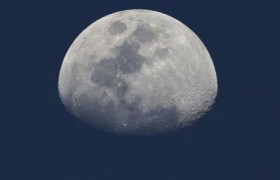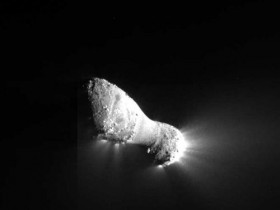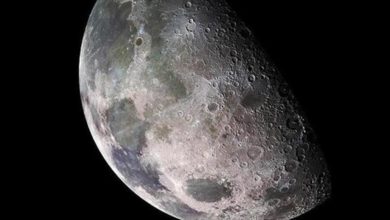 The equivalent of 24 gallons of frozen water, mixed in with the rock and dust that was thrown into the air when a rocket was deliberately crashed into a crater near the Moon’s south pole last month.
The equivalent of 24 gallons of frozen water, mixed in with the rock and dust that was thrown into the air when a rocket was deliberately crashed into a crater near the Moon’s south pole last month.
It is far from the science fiction fantasy of an underground lake, but still pretty impressive for a satellite long dismissed as arid and dull.
Didn’t we know there was water on the Moon already?
Scientists have long suspected that there was water on the Moon, but have struggled to prove it. The sensors on orbital craft have detected evidence of hydrogen on the lunar surface, but the quantities were tiny. A major breakthrough came last September, when India announced that its Chandrayaan-1 craft had detected that chemical reactions producing water are still taking place.
Where does the water come from?
No one is certain. One theory suggests that hydrogen released by the Sun in solar winds could have reacted with compounds containing oxygen in the Moon rock, producing tiny amounts of H20. Another explanation proposes that the water came from vapour produced when comets and meteors crashed into the Moon’s surface.
What does this all mean?
Nasa has been so keen to find water on the Moon because it brings the dream of a permanent lunar base one step closer. If water exists in the quantities that Nasa now believes, it could be drunk by astronauts, turned into oxygen to make stations inhabitable and – most excitingly – converted into fuel. The Moon could then become the space equivalent of a service station – acting as a staging post for manned missions to Mars.



